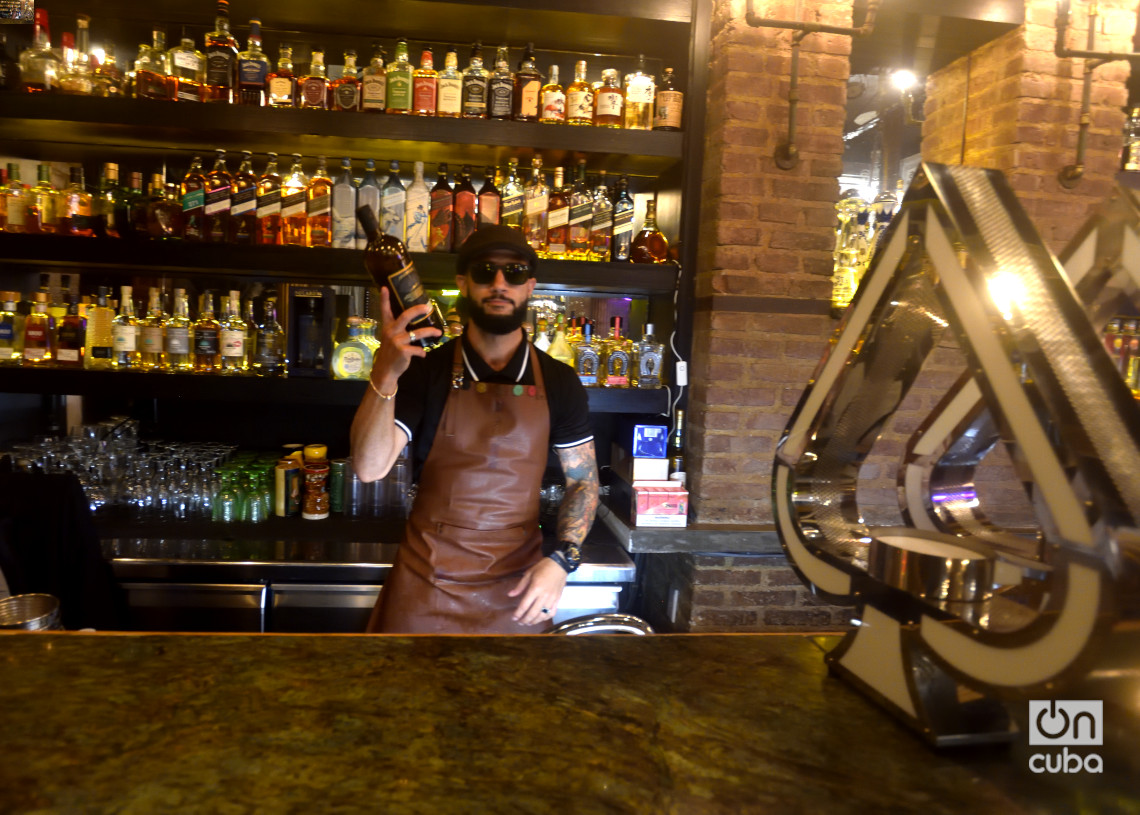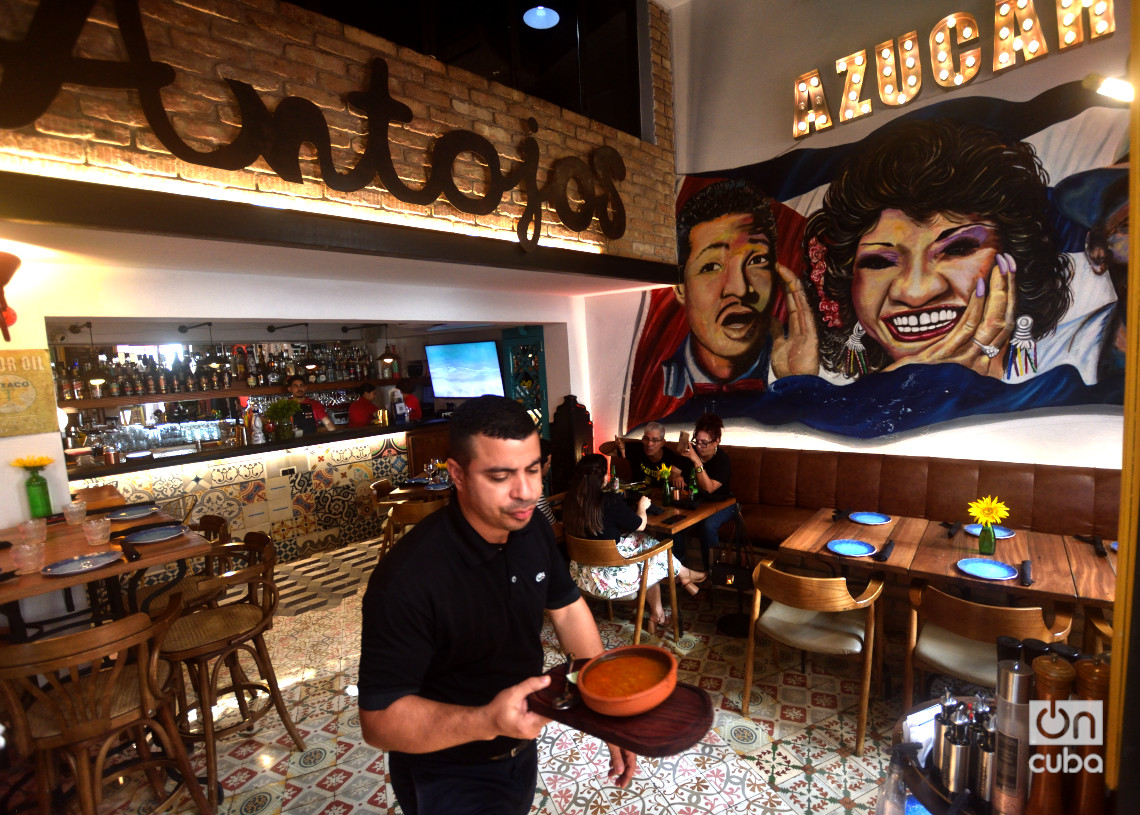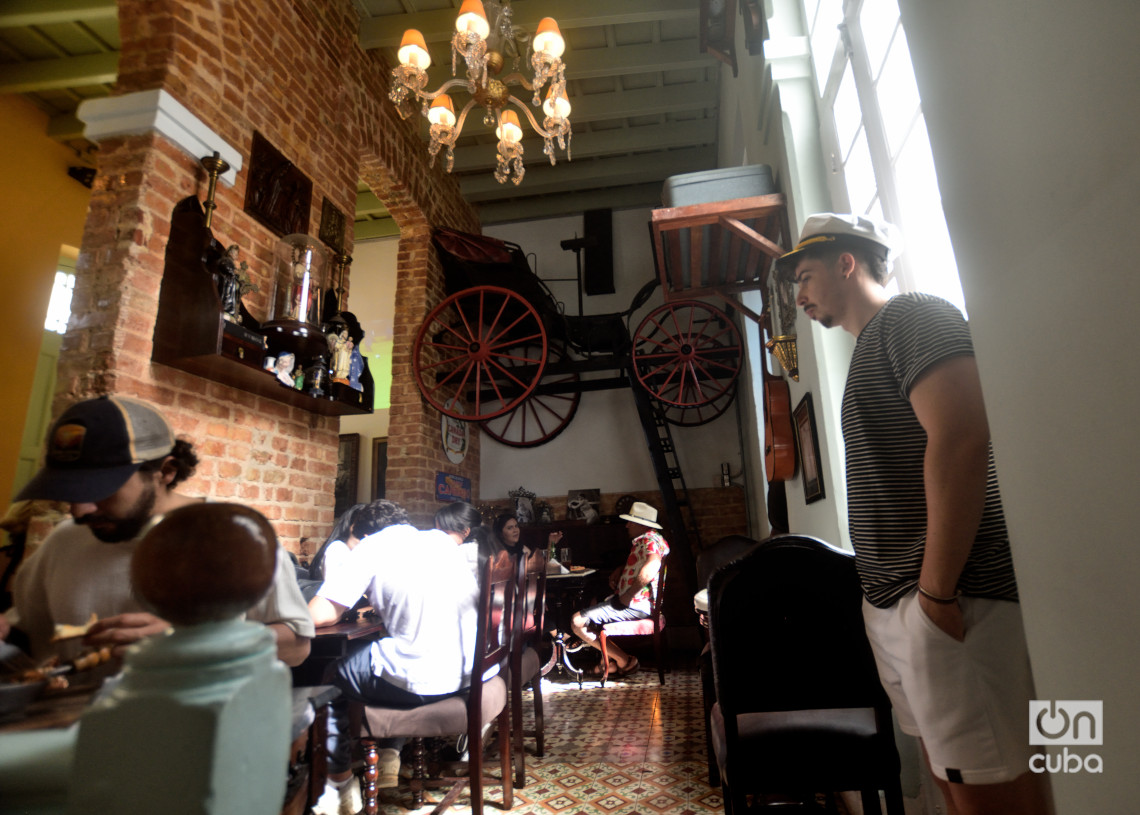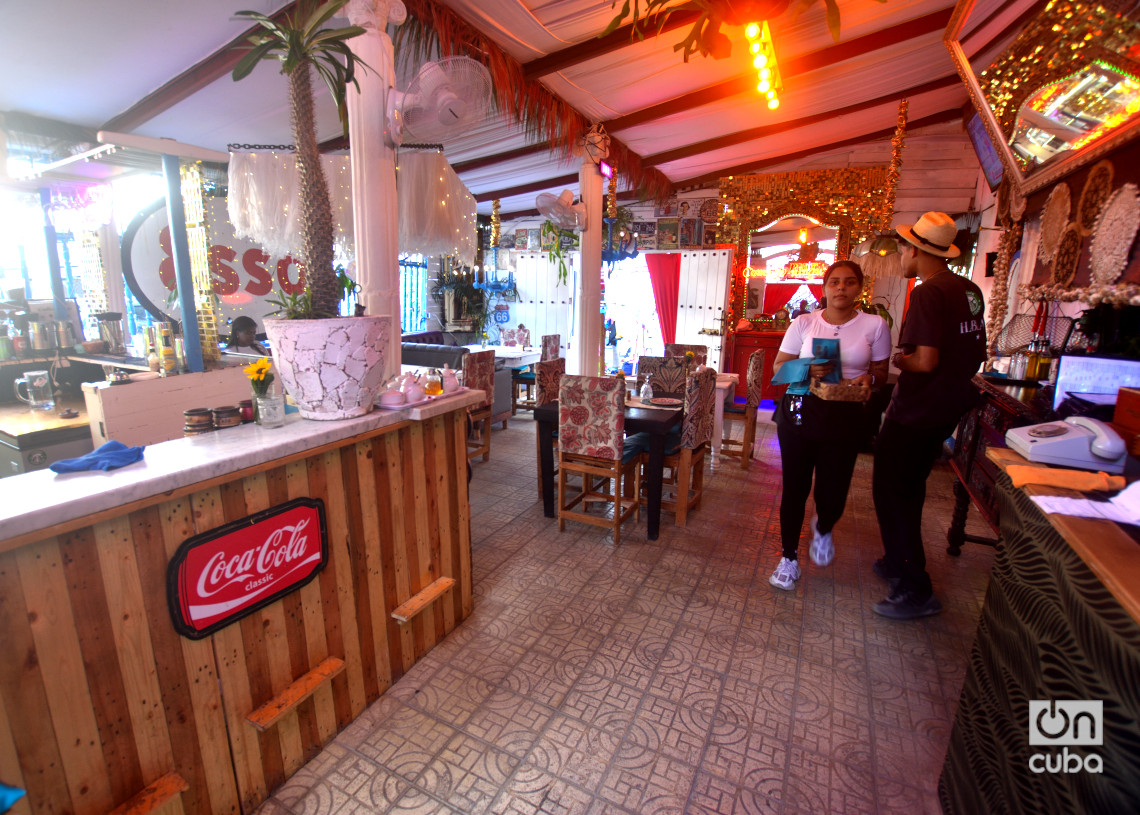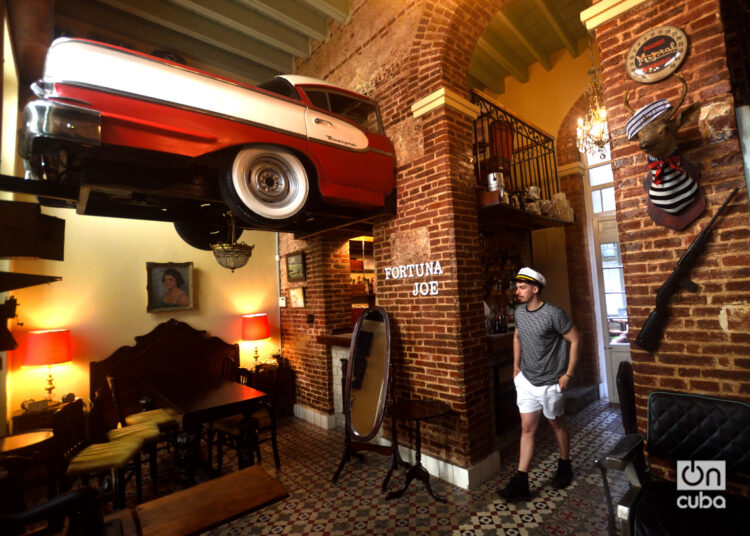Old Havana is the tourist heart of the Cuban capital. In addition to its historical and heritage values, recognized by UNESCO more than four decades ago, it boasts a network of services and venues geared primarily toward foreign tourists, although not disregarding domestic customers.
The visitor boom of several years ago, following the “thaw” with the United States and the arrival of U.S. cruise ships, spurred the opening of new establishments — from restaurants and cafes to shops and hostels — and gave an undeniable boost to Havana’s historic center. It was a golden age that many celebrated and believed would last forever.
However, the current reality is quite different.
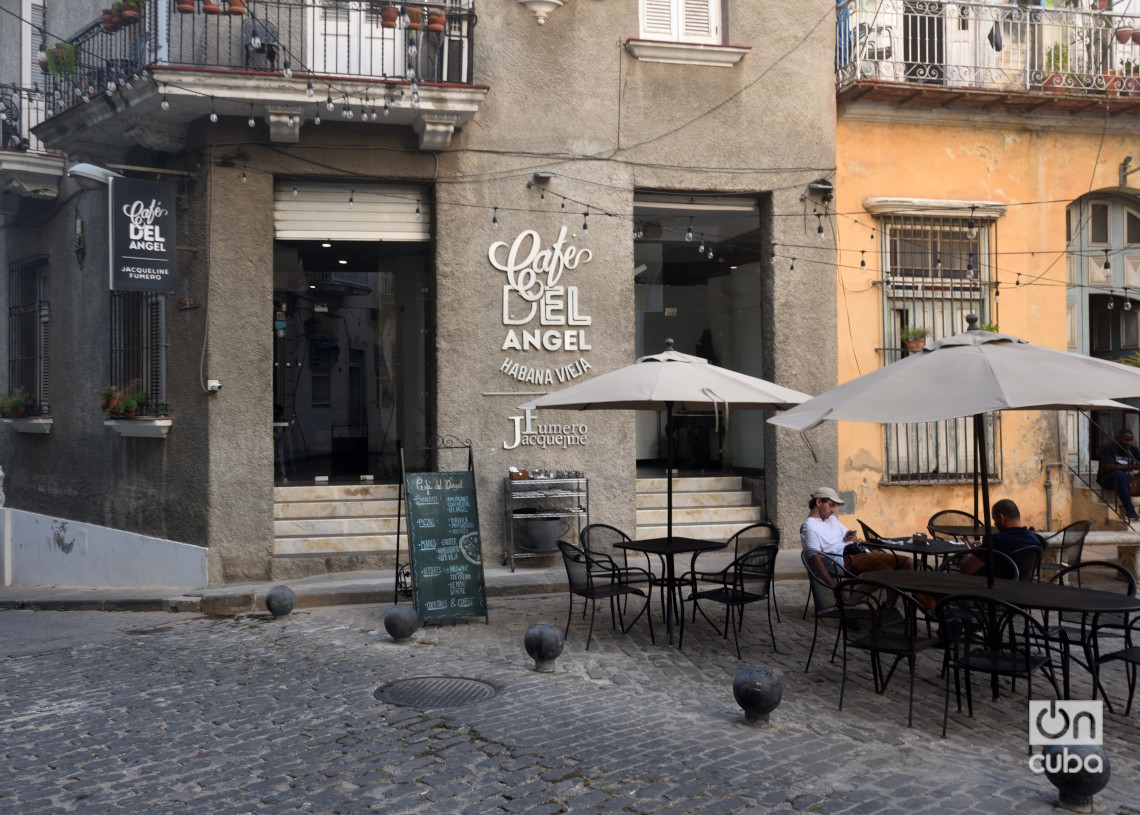
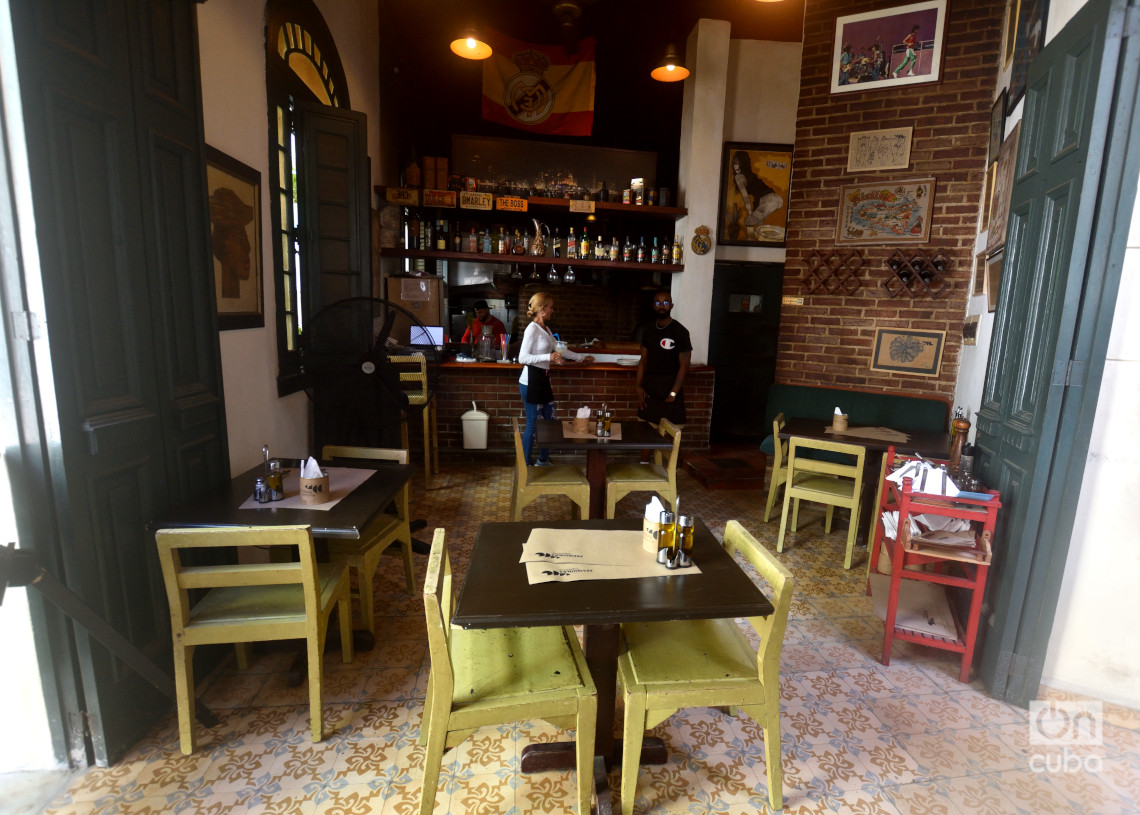
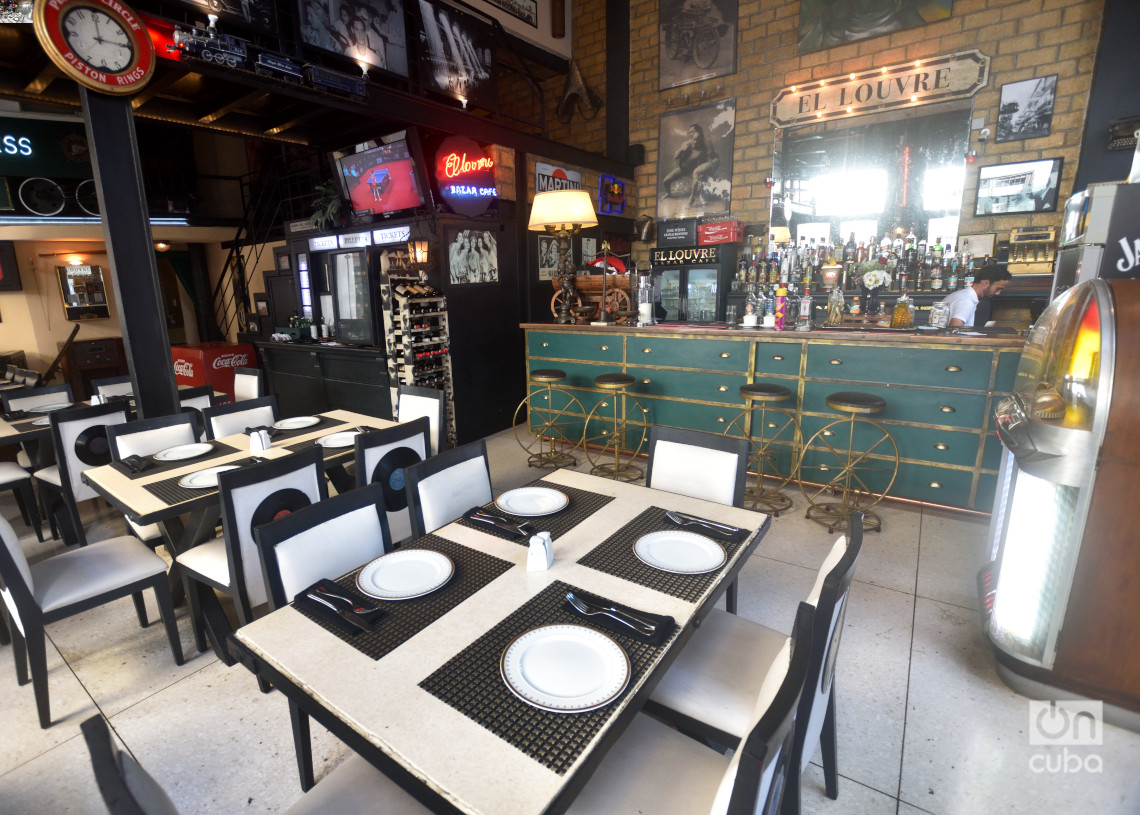
First came Trump’s cruise ship ban; then came a pandemic that paralyzed the world; and in recent years, the worsening economic crisis on the island has been accompanied by a significant decline in tourism, the effects of which are especially felt in Old Havana.
Keeping a business running, any kind, under these circumstances is a constant exercise of will and survival. This is especially true when the country’s own socioeconomic environment and a series of regulations and measures taken by the government are not exactly favorable; meanwhile, the sustained wave of migration increasingly takes more workforce out of the labor market.
Even so, many restaurants in Havana’s historic center remain open, against all odds.
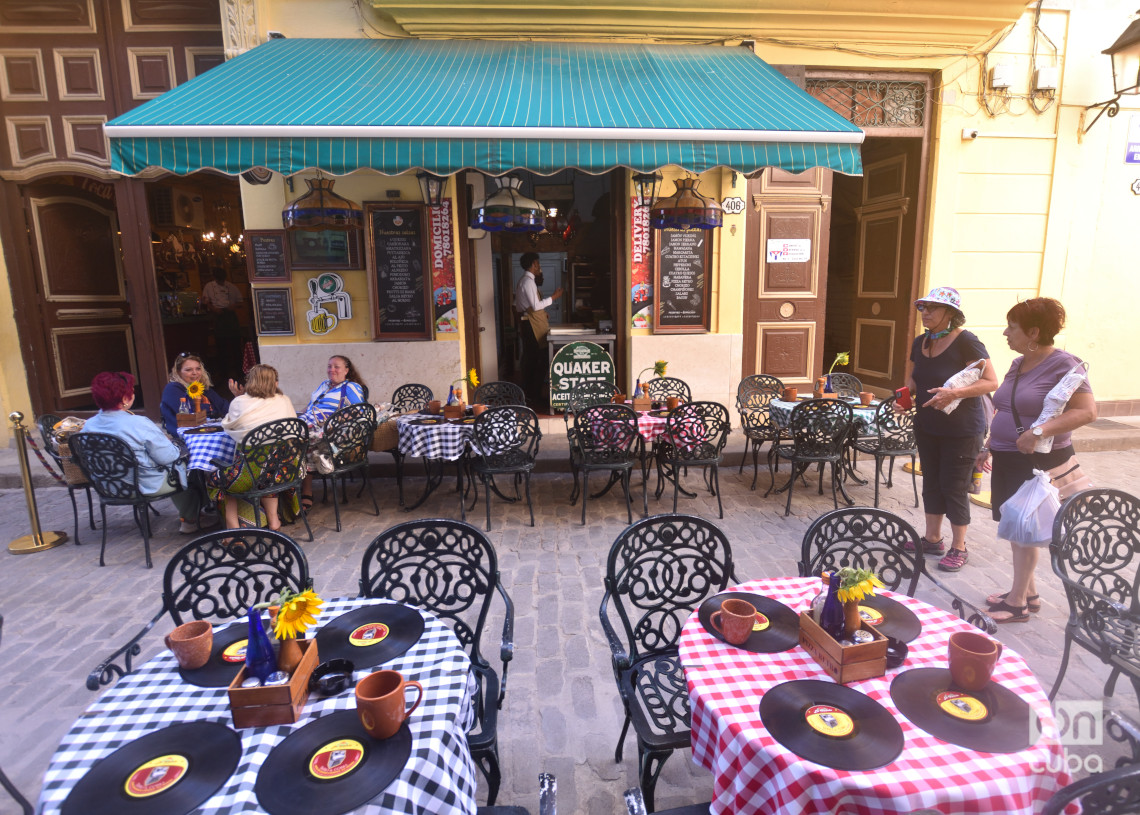
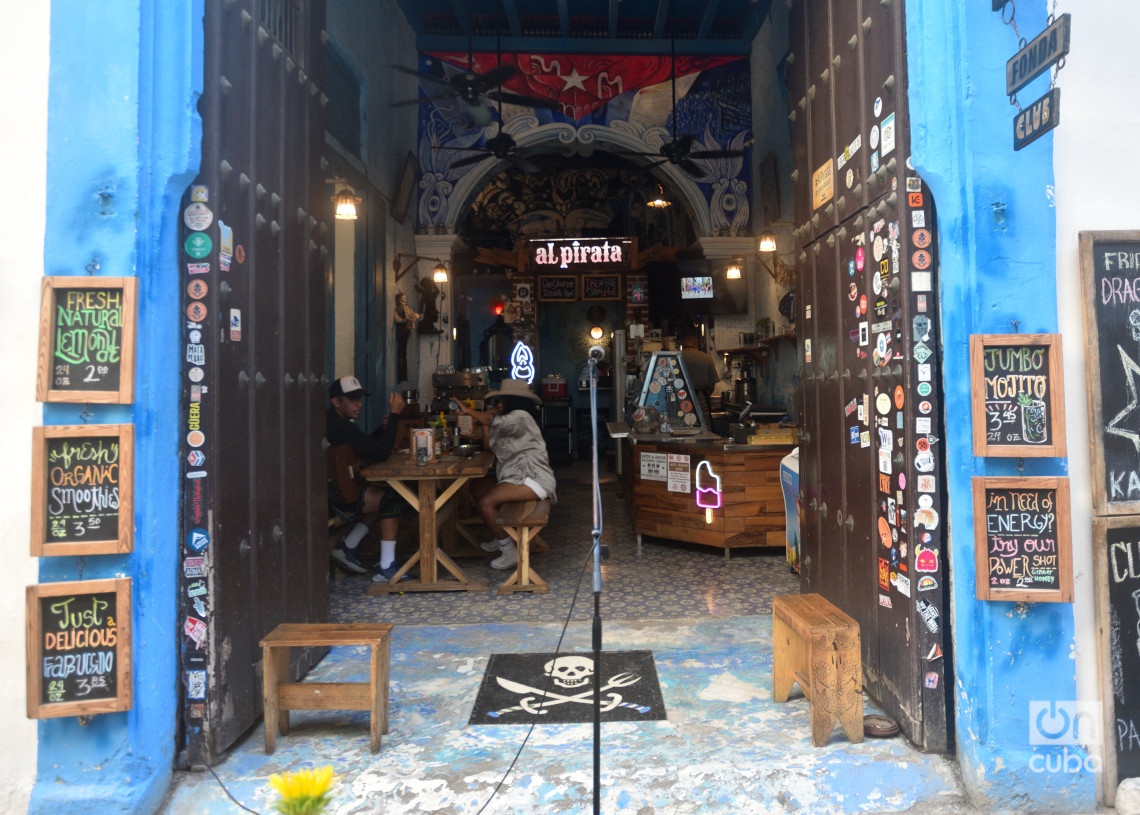
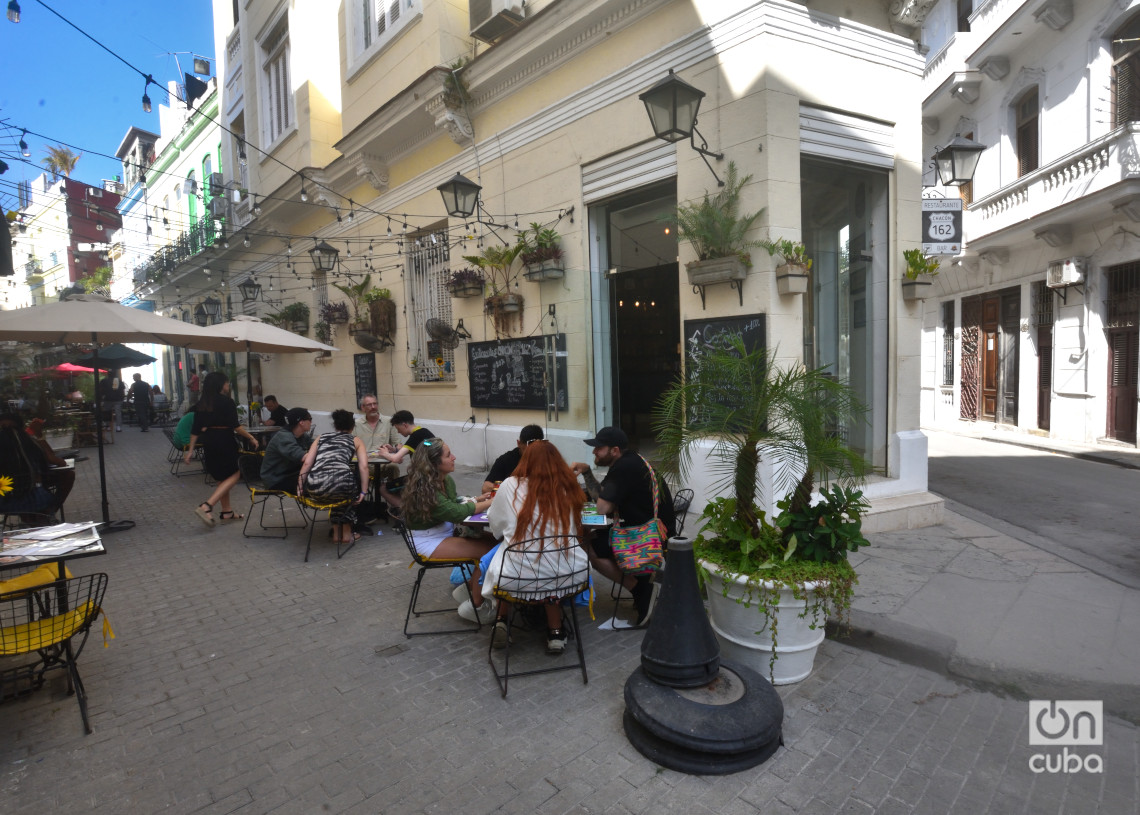
It’s not easy for a Cuban restaurant to continue operating under the current circumstances. Even in Havana, where power outages aren’t like in the rest of the island, tourists continue to decrease — albeit less than before — and more merchandise and supplies “appear,” even if they have to walk on the edge of legality or dive completely into the black market.
It doesn’t help either that, battered by the crisis, many Cubans can no longer afford to get away to one of these establishments, or that suppliers and products suddenly disappear, and restaurants have to reinvent themselves on the fly. Despite all the hardships, even with empty tables and uncertainty looming, many keep their doors open.
Photojournalist Otmaro Rodríguez today brings us closer to several of these well-known places — whose owners, staff, and customers have not lost hope for better times — with his images.

